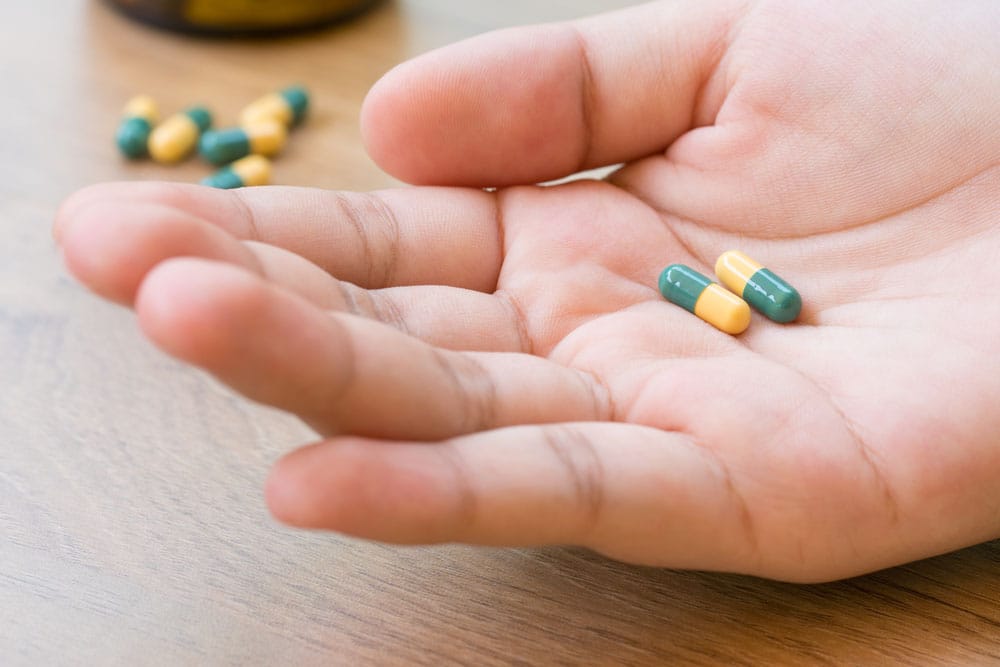Treating addiction often creates ethical challenges. If you could get somebody off heroin, would it be worth it? Even if it meant risking the potential of them getting addicted to another substance? What if using that substance was much safer than using heroin? Would that change your answer? These are the sorts of challenges that using tramadol for opiate withdrawal brings to the forefront. Can you treat drug addiction with another addictive drug? Is it worth trying for your loved one?
What Is Tramadol?
Tramadol is a synthetic painkiller. Although it isn’t technically an “opiate,” its effects are very similar to substances like hydrocodone and heroin; plus, it works on the same areas of the brain. It’s like a “mild” opiate, which means it’s less likely to be addictive than narcotic painkillers. But it shares enough characteristics to be potentially problematic.
Why It Could Work
The theory behind using tramadol for opiate withdrawal is that the similar effects mean it can reduce the unpleasant symptoms of withdrawal. When you stop taking a drug like heroin, the body goes into withdrawal and makes you feel very ill—often described as similar to having the flu, but 1,000 times worse—until you either take more opiates or your body gets accustomed to not having the drug. This painful process is what ultimately drives many people back into the arms of addiction. Tramadol is a potential solution. Its similarity to opiates means it can reduce the unpleasant symptoms of withdrawal. But it’s an addictive drug too (albeit less than heroin), so it could potentially create its own issues.
Does It Work?
The important question is whether using tramadol for opiate withdrawal is effective. Although the evidence is limited, several studies suggest benefits to using tramadol to overcome addiction to opiates. It has been individually compared to methadone and buprenorphine for opiate withdrawal and the results generally suggest it’s just as effective.
Why Tramadol Could Be the Answer to Quitting Opiates for Good
Tramadol does have limitations. Using another opiate-like substance doesn’t address the broader underlying issues that usually lead to addiction. For example, if you use heroin to combat feelings of worthlessness, using tramadol instead won’t accomplish much. You need to directly examine and address the feelings of worthlessness that fuel the addiction to really overcome the problem. But making big, sweeping psychological changes is hard. That’s why relapses are common. Tramadol’s limitation is that it’s another “crutch,” in much the same way the original substance was. But its strength is that sometimes a crutch is exactly what you need, especially if you’re on the way to learning to walk again without support. Though it’s not ideal, using tramadol lets you focus on and address the real issues without the pain of withdrawal. It might not be a perfect solution, but it could be an important stepping stone to being completely drug-free. Resources: “Tramadol versus methadone for treatment of opiate withdrawal: a double-blind, randomized, clinical trial” – NCBI PubMed.gov https://www.ncbi.nlm.nih.gov/pubmed/22540433 “Tramadol versus buprenorphine for the treatment of opiate withdrawal: a retrospective cohort control study” – NCBI PubMed.gov https://www.ncbi.nlm.nih.gov/pubmed/14723474 “Comparison of efficacy between buprenorphine and tramadol in the detoxification of opioid (heroin)-dependent subjects” – NCBI PubMed.gov https://www.ncbi.nlm.nih.gov/pubmed/23709302 “Trial of tramadol plus gabapentin for opioid detoxification” – NCBI PubMed.gov https://www.ncbi.nlm.nih.gov/pubmed/25763266

